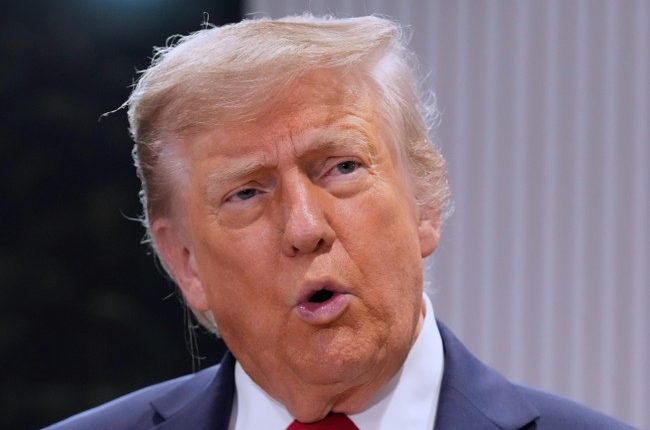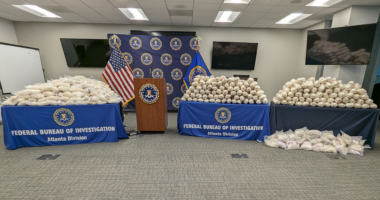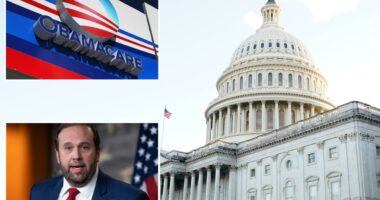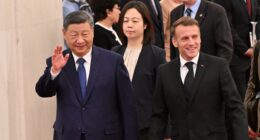Share this @internewscast.com

President Donald Trump on Monday announced his administration will impose “reciprocal” 25 percent tariffs on imports from U.S. allies Japan and South Korea, citing ongoing trade imbalances with two of America’s closest allies and most significant trading partners.
Please understand that the 25% is far less than what is needed to eliminate the Trade Deficit disparity we have with your Country. If for any reason you decide to raise your tariffs, then, whatever the number you choose to raise them by, will be added onto the 25% that we charge.
Trump’s announcement led to a midday slump in stock trading, with the Dow Jones Industrial Average dropping 526 points as of 12:22 p.m. EST, the Nasdaq Composite falling an additional one percent, and the S&P 500 slipping by 0.9 percent.
If you’ve had trouble keeping up with the goings-on with respect to tariffs since Trump’s second term began, here’s a bit of a refresher:
Seven days later, he declared a 90-day pause on those rates to pursue negotiations before imposing the levies, roughly correlated by the Council of Economic Advisers to halve current US trade deficits with each country.
With only the UK, China and Vietnam so far having brokered deals, Trump threatened Friday to go as high as 70% with some nations holding out on tariff agreements.
Pending any last-minute trade deals, import taxes will be slapped Tuesday on Cambodia (49%), Laos (48%), Madagascar (47%), Sri Lanka (44%), Bangladesh (37%), Indonesia (32%) and Pakistan (29%).
The UK trade agreement, if finalized, will keep 10% baseline tariffs on most goods, while exempting most British-made cars, steel and aluminum from 25% levies that had been announced separately.
The US-China arrangement is still being ironed out before Aug. 10 to avoid snapback rates to 145% on the American side and 125% on the Chinese side.
The Vietnam deal includes a baseline 20% tariff rate as well as 40% on goods “transshipped” from China or other countries.
Under the USMCA trade deal from Trump’s first term, goods from Canada and Mexico have evaded higher duties, though were added on items not previously part of that agreement.
Concerning the new tariffs on imports from Japan and South Korea, Trump told reporters on Friday:
They’ll start to pay on Aug. 1. The money will start to come into the United States on Aug. 1 in pretty much all cases.

















